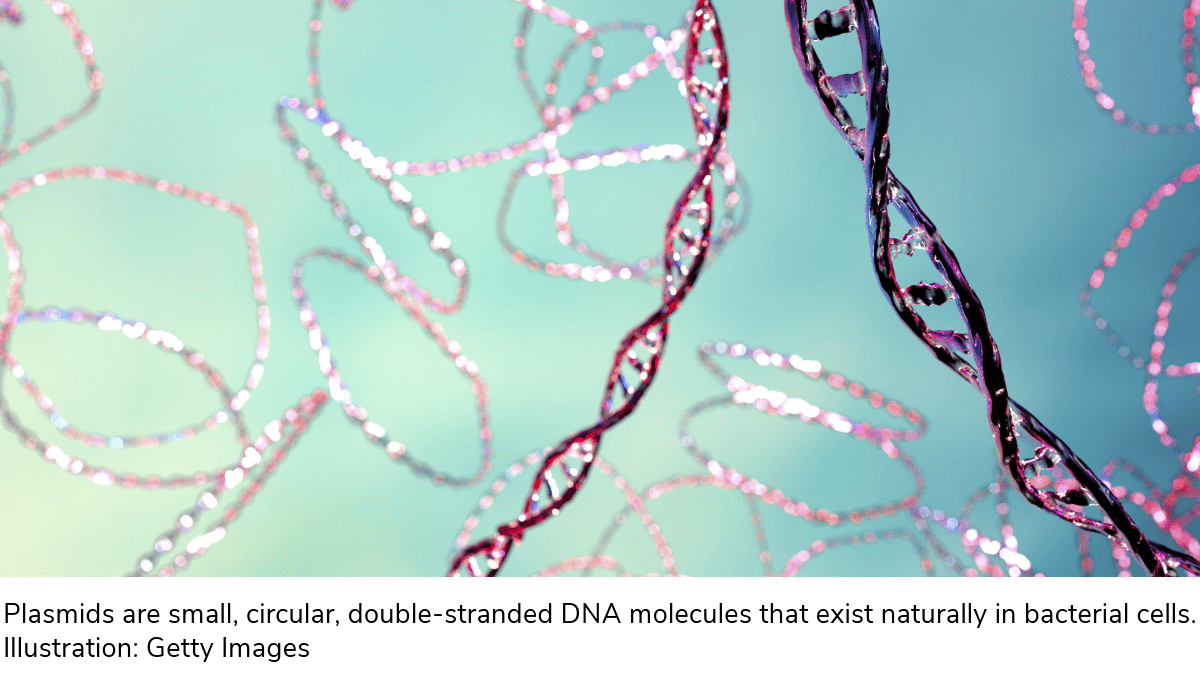A bacterial defense with potential application in genome editing
Scientists who have described in a new study the step-by-step details of a bacterial defense strategy see the mechanism as a promising platform for development of a new genome-editing method. The system involves two proteins that team up to disable plasmids, small DNA molecules that exchange genetic information among different bacterial strains. While plasmids provide evolutionary benefits, they can also be seen by host bacteria as threats.

Tianmin Fu, assistant professor of biological chemistry and pharmacology at The Ohio State University College of Medicine, says the research team determined that one protein uses a short piece of DNA – known as a DNA guide – to set off events that recruit another protein to chop up the plasmid. Beyond revealing a secret to bacterial survival, the research has uncovered components that could be applied to gene editing: guide DNA, which is more stable and cheaper to synthesize than guide RNA, and a functional protein small enough to deliver into mammalian cells for DNA sensing and gene-editing purposes.
“This system has great potential to be developed into a genome-editing tool,” Dr. Fu says. “We’re now trying to test whether it can be reprogrammed into a useful technology.”
The paper was published on Aug. 21 in the journal Cell.



